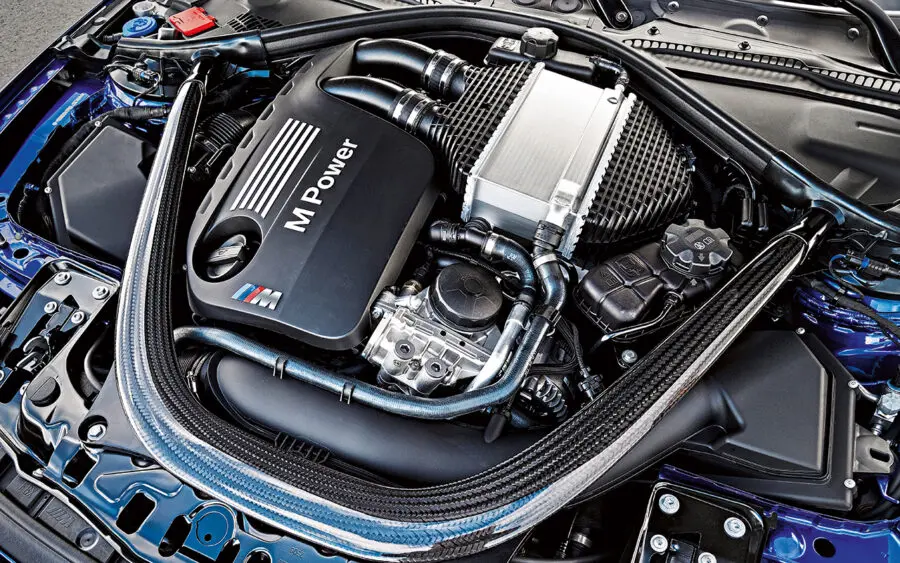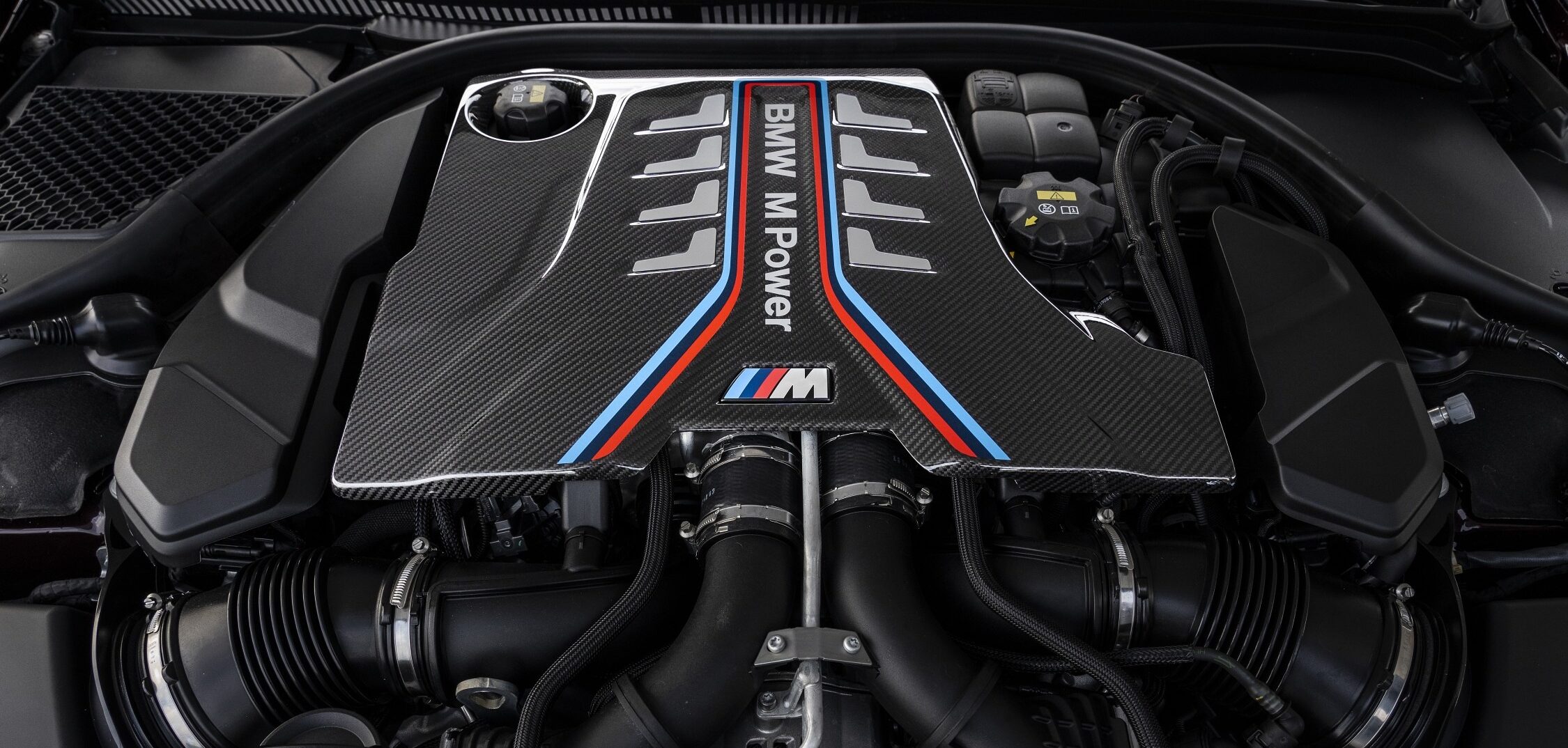Checking Out the Evolution of Burning Engines in Modern Transportation Systems
As we navigate the landscape of modern-day transportation, the advancement of combustion engines stands as a testament to human ingenuity and engineering expertise. The interaction of background, modern technology, and ecological worries in forming the trajectory of combustion engines produces a story that is both compelling and informative.
Early Beginnings of Combustion Engines
Exactly how did the idea of burning engines initial arise in the very early stages of transport growth? The origins of combustion engines can be traced back to the 17th century when the principles of internal combustion were very first explored.
The innovation moment came with the creation of the very first successful gasoline-powered engine by Karl Benz in 1885 - bmw engine. This engine paved the method for the development of the contemporary automobile, reinventing transportation systems worldwide. Succeeding developments by Nikolaus Otto and Gottlieb Daimler better improved combustion engine technology, leading to the automation of autos and the rapid development of the transportation industry
These very early combustion engines were characterized by their simplicity and efficiency, laying the structure for the complicated and powerful engines utilized in modern transportation systems. The development of combustion engines has been instrumental in forming the method we take a trip and transport goods, marking a substantial milestone in the background of transport growth.
Change to Internal Combustion Innovation
The shift to inner combustion innovation noted a critical shift in the advancement of transport systems. This change started in the late 19th century, with innovators like Nikolaus Otto and Gottlieb Daimler creating the first successful interior combustion engines. These engines revolutionized transportation by supplying an extra effective and reliable option to heavy steam engines and electrical motors.
One of the essential benefits of interior combustion engines was their capacity to be reduced to match cars, leading to the advancement of automobiles and motorbikes. This change from cumbersome, fixed engines to small, mobile ones paved the method for the modern transport systems we see today.
The change to inner burning innovation additionally stimulated innovations in fuel modern technology, bring about the growth of gas and diesel as primary gas resources for cars. This change not just made transport much more accessible to the masses yet also laid the foundation for the oil and gas market to come to be important to global economic situations.
Effect of Combustion Engines on Transportation
The adoption of burning engines in transportation systems militarized an extensive change in the effectiveness and speed of worldwide wheelchair. Burning engines revolutionized transportation by offering a versatile and reputable resource of power for various automobiles, consisting of vehicles, ships, trucks, and planes. This innovation significantly enhanced the capability for goods and people to conform fars away in much shorter period, bring about boosted connectivity between regions and countries.
Additionally, the extensive use combustion engines has had a significant influence on financial growth. The ability to move items successfully has spurred profession and business, permitting organizations to increase their markets and get to consumers worldwide. This has actually helped with financial development and globalization, as items can now be carried much faster and in larger quantities than in the past.
Nonetheless, the environmental influence of combustion engines can not be overlooked. The combustion of nonrenewable fuel sources has resulted in air pollution and greenhouse gas discharges, adding to environment change and presenting wellness risks to populaces. bmw engine. Therefore, there is an expanding focus on creating alternative propulsion innovations to mitigate these unfavorable results and develop an extra lasting future for transportation
Innovations in Burning Engine Style
Various advancements in combustion engine layout have actually driven the evolution of transport systems over the decades. One noteworthy advancement is the advancement of turbocharged engines, which use exhaust gases to drive a turbine that compresses incoming air, allowing for even more gas to be burned, resulting in increased power output without a considerable increase in engine dimension. In addition, direct injection technology has actually boosted fuel performance and performance by precisely controlling the quantity and timing of fuel infused into the combustion chamber. Variable valve timing systems have actually likewise transformed engine style by optimizing air flow at different engine speeds, improving both power and effectiveness. One more substantial development is the combination of lightweight products such as carbon fiber and light weight aluminum alloys, decreasing overall engine weight and improving vehicle resource fuel economic situation. Developments in computer-aided design have allowed designers to maximize engine efficiency and efficiency through simulations before physical prototypes are built, saving time and resources in the advancement process. These developments collectively contribute to the constant enhancement of combustion engines in contemporary transportation systems.
Future Trends in Burning Engine Advancement
With modern technology developments driving continual development, the future of burning engine advancement is positioned to transform transport systems worldwide. One of the vital patterns in burning engine development is the press towards higher efficiency and minimized exhausts.
Another famous trend is the adoption of crossbreed technologies in burning engines. Hybrid engines integrate typical combustion innovation with electrical power, offering enhanced gas efficiency and important source lower discharges. As the auto market changes in the direction of electrification, crossbreed combustion engines are seen as a transitional service that connects the void in between conventional automobiles and totally electrical ones.
Moreover, the integration of wise technologies, such as synthetic intelligence and information analytics, is anticipated to play a substantial role in the future of combustion engine development. These innovations can optimize engine performance in real-time, leading to a lot more efficient burning processes and boosted total vehicle efficiency. Accepting these future trends will not just drive development in burning engine growth but additionally add to a more lasting and eco-friendly transportation ecosystem.

Conclusion
To conclude, the development of burning engines in modern-day transport systems has actually been noted by substantial innovations in modern technology and design. From the very early starts of burning engines to the change to inner burning innovation, these engines have actually had a profound effect on transportation. Developments in combustion engine design remain to drive progression in this area, with future fads concentrating on additional enhancing efficiency and reducing emissions. The future of burning engines in transport looks appealing as r & d initiatives proceed to press boundaries.
The origins of combustion engines can be traced back to the 17th century when the concepts of interior burning were very first explored. These engines changed transport by offering an extra effective and efficient choice to heavy steam engines and electrical motors.

Comments on “Exploring the Efficiency Enhancements of the most recent BMW Engine Designs”